The Blank Page: Starting a New Project for Academic Writing Month
By Janet Salmons, PhD, Research Community Manager for SAGE Methodspace and author of Doing Qualitative Research Online. Use the code MSPACEQ422 for a 20% discount on SAGE research methods books, valid through December 31, 2022.

The blank page can be inviting or intimidating.
What will we write about, for whom, to achieve what purpose? Where do we start? For most academic writers, the work begins long before we start tapping on the keyboard or taking up the pen. We must first read literature, dissect theories, conduct research, and try to create meaning from what we learn. While we may have a clear idea about the content, the focus and style of our writing vary depending on the readers we hope to reach.
Will this target audience understand foundational principles and terminology, or do we need to explain the basics? Will they read a full-length article, or would they prefer to see a shorter one that is illustrated with diagrams or photographs? Do they want an in-depth discussion of the data collection and analysis, or stories that convey personal perspectives? Should we delve into scholarly intricacies or translate our findings into practical how-to steps? What purpose do we hope to achieve, what impact do we hope our work will have? Do we hope our work is scholarly, instructional, informative, or the basis for policy changes or new professional practices?

The answers to these questions will shape the form, length, and approach you will take to filling in those blank pages. Thinking about your Academic Writing Month project, how do you answer these key questions?
What kinds of source material will I draw on for this writing project? Is the material up-to-date, is it adequate? Do I need some additional background information or scholarly literature?
Who are the readers I want to reach? What parts of the source material will they want to learn about? What should I summarize or explain in depth?
What type of publication will reach the target audience of readers? What are the requirements for length, style, or voice?
What purpose will the publication serve? Am I concerned about advancing scholarship on this topic or helping readers to apply new ideas in practice?
What impact will be possible? If I serve the purpose and reach these readers, what difference will this publication make?
Answering Key Questions Helps You Organize and Prioritize Steps to Take
Here is how I answered them for a past #AcWriMo project. One challenge for this project was not that I had nothing to fill on the blank page, but that I had too much! I had done countless presentations, webinars, training events about the research findings. I had lots of fragments to organize, which meant keeping the purpose of the project top-of-mind was essential.
Another issue was that much of the literature was dated. Given the purpose and desired impact, this was a more practical, less scholarly project. The original literature review would not really fit this project. Instead, I looked for supporting resources that would help the readers understand and apply the concepts and models presented in the book. If the publication type were a journal article, my project would have been organized very differently.

More Methodspace Posts about Academic Writing
In this post Dr. Mazak discusses how to manage the writing process for a large project such as a dissertation, thesis, or book and offers resources to help new or experienced writers.
This post includes tips about writing qualitative proposals excerpted from Research Design by Creswell and Creswell.
Don’t get caught by predatory publishers!
Celebrate Academic Writing Month 2023 by getting organized! Find open-access resources to help you avoid being distracted by details and lost files.
Dr. Linda Bloomberg offers detailed suggestions for getting organized and starting a dissertation or thesis.
Sometimes taking a break from the keyboard to write by hand unleashes creativity.
Find tips that will help you hone your writing.
Get ready for #AcWriMo! Find a checklist that will help you overcome obstacles that keep you from making progress with academic writing.
Banned Books Week is a launchpad for an ongoing focus on factors that precede book bans or curricular restrictions, and implications for researchers and academic writers.
Marta Eichsteller offers tips for using and writing about biographical methods.
All the posts for Academic Writing Month 2022 are here on one page!
Learning while doing: collaborating on a book about collaboration.
Ethical decisions are present throughout the process of academic writing and publishing. This collection of open-access articles offers insights about some of the issues writers face.
Our context and identities influence how we think about our writing practice, our beliefs about time and boundaries, and so many other factors that have a real effect on us as academic writers.
Dr. Boyd was a panelist for the webinar, How Academic Writing Coaches Get Unstuck. In this post she responds to numerous questions posed by attendees, such as: “How to deal with shame about being very behind on a writing project?”
Dr. Boyd was a panelist for the webinar, How Academic Writing Coaches Get Unstuck. In this post she responds to a question posed by an attendee: “How do you find a writing group?
In addition to selling their well-known data analysis software, NVivo offers lots of free resources for qualitative and mixed methods researchers. They have a blog, a webinar series, and practical how-to videos. Find resources for academic writers whether or not you use their products.
In this podcast panelist Leslie Wang discusses “All About Writing Groups” and offers practical tips for organizing your own.
What do academics write when they are free from institutional constraints about what they can publish? See this post and conversation with Janet Salmons and Virginia Yonkers.
Listen to this conversation with Dr. Stu Shulman for discussion of implications of current developments for academics.
Dr. Boyd was a panelist for the webinar, How Academic Writing Coaches Get Unstuck. In this post she responds to questions posed by attendees: “How do you get unstuck in writing when someone's negative, hypercritical, or just mean feedback has gotten you stuck?” and “How do you balance or sustain your writing with all the imposter syndrome thoughts coming at you?
Dr. Boyd was a panelist for the webinar, How Academic Writing Coaches Get Unstuck. In this post she responds to questions posed by attendees: “How do you get unstuck in writing when someone's negative, hypercritical, or just mean feedback has gotten you stuck?” and “How do you balance or sustain your writing with all the imposter syndrome thoughts coming at you?
Since I am advocating for ways to stay engaged with writing, drifting may seem a strange interlude. Yet, I find drifting to be a vital companion state to writing. For me, usually drifting occurs when I have set aside all devices and am absorbed in some wholly different task, such as gardening, chauffeuring or waiting for children, or simply watching birds congregate at the feeder.
We kicked off this year’s AcWriMo with a webinar that featured three professional coaches. View the recording here, and check back for more posts from the panelists and answers to questions posed during the webinar.
Where do you start when the blank page is staring at you? Answer these key questions to get started!






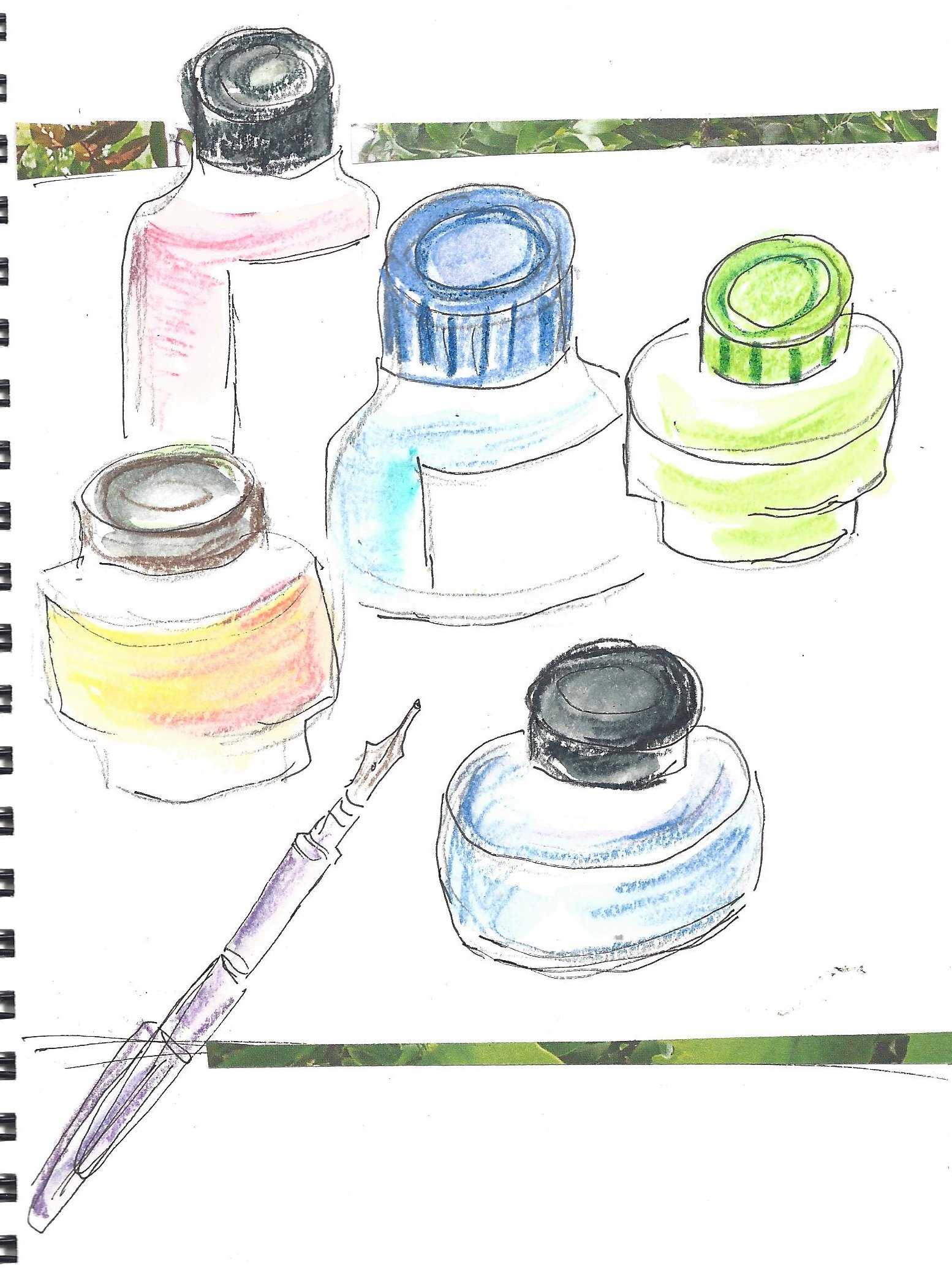



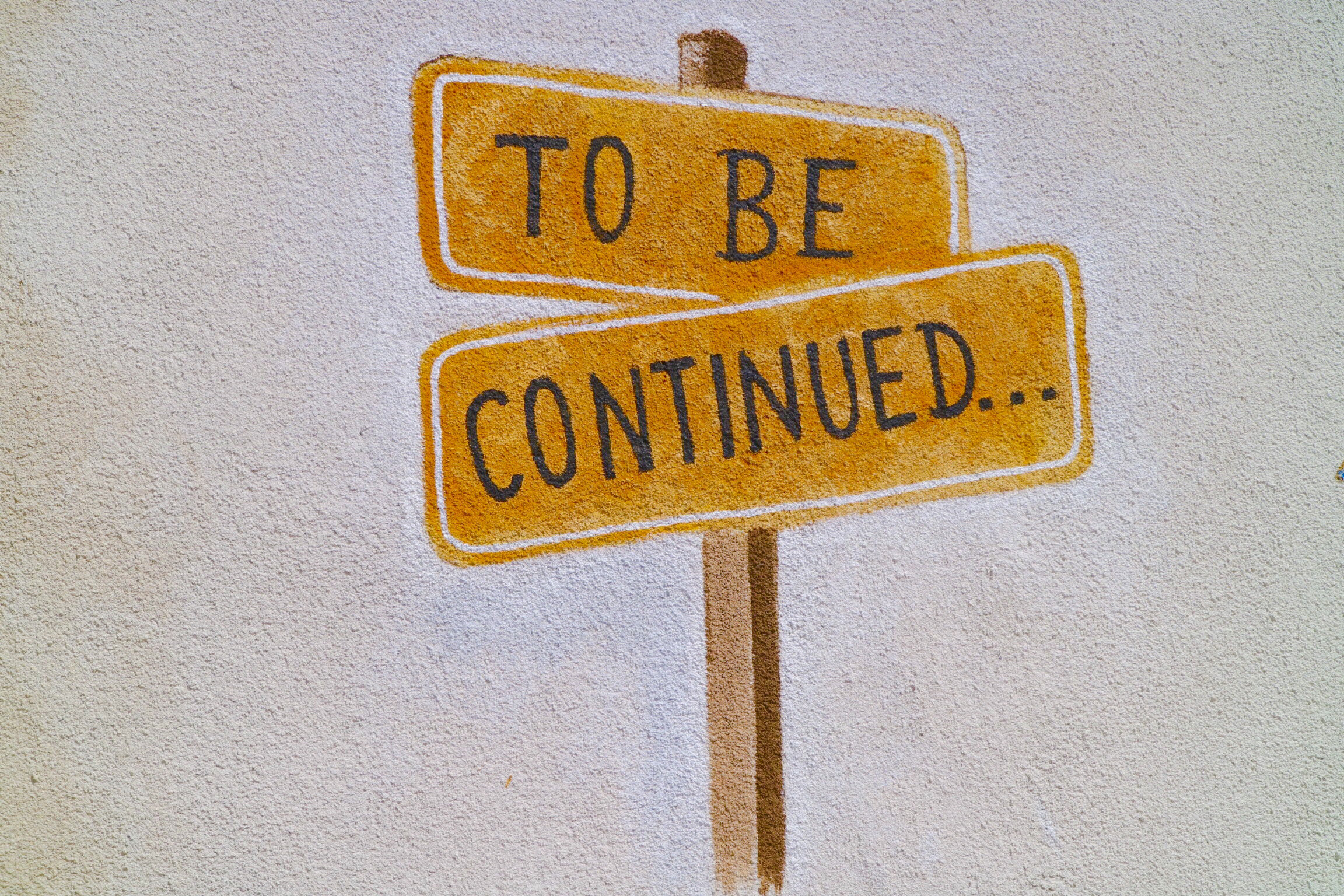


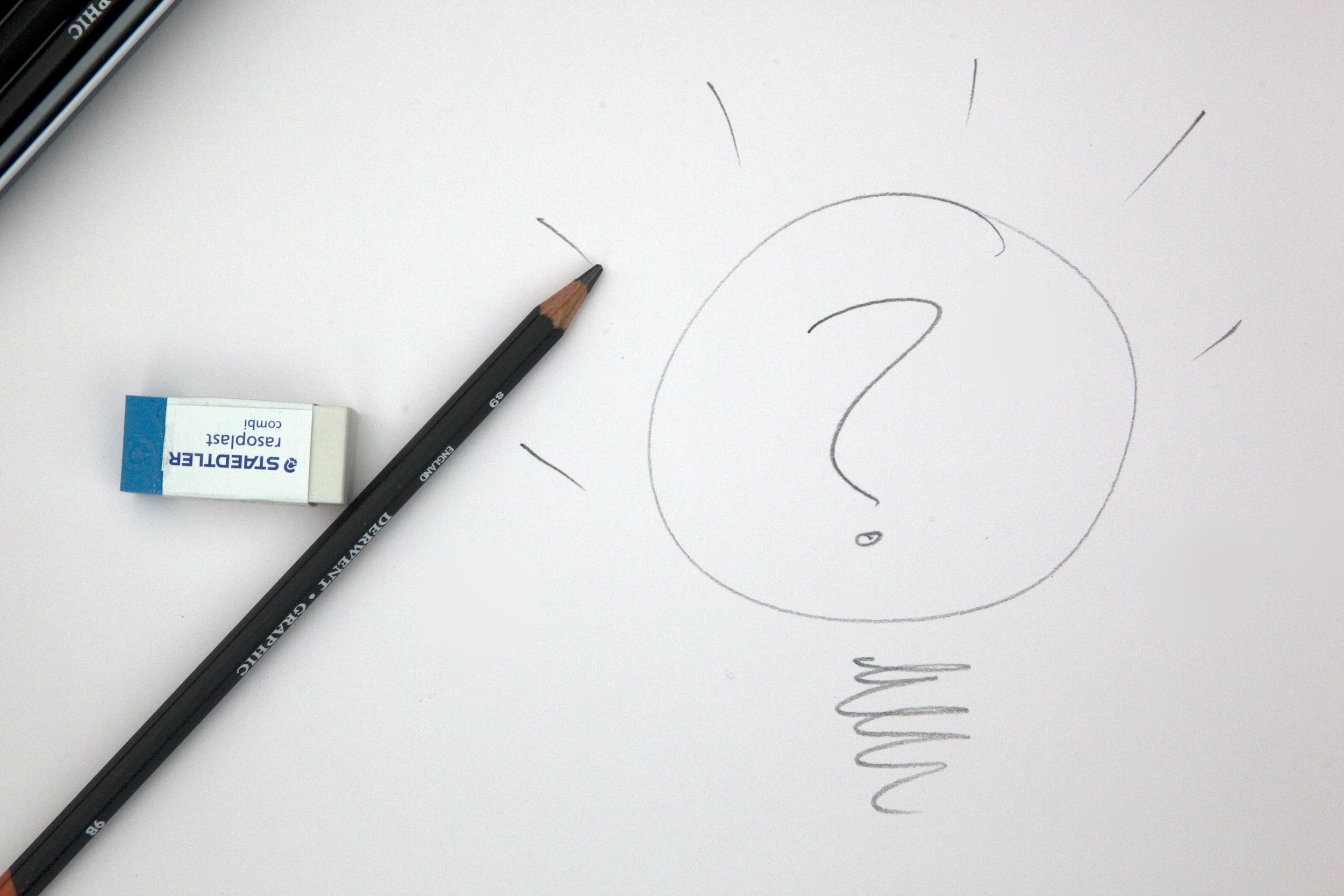





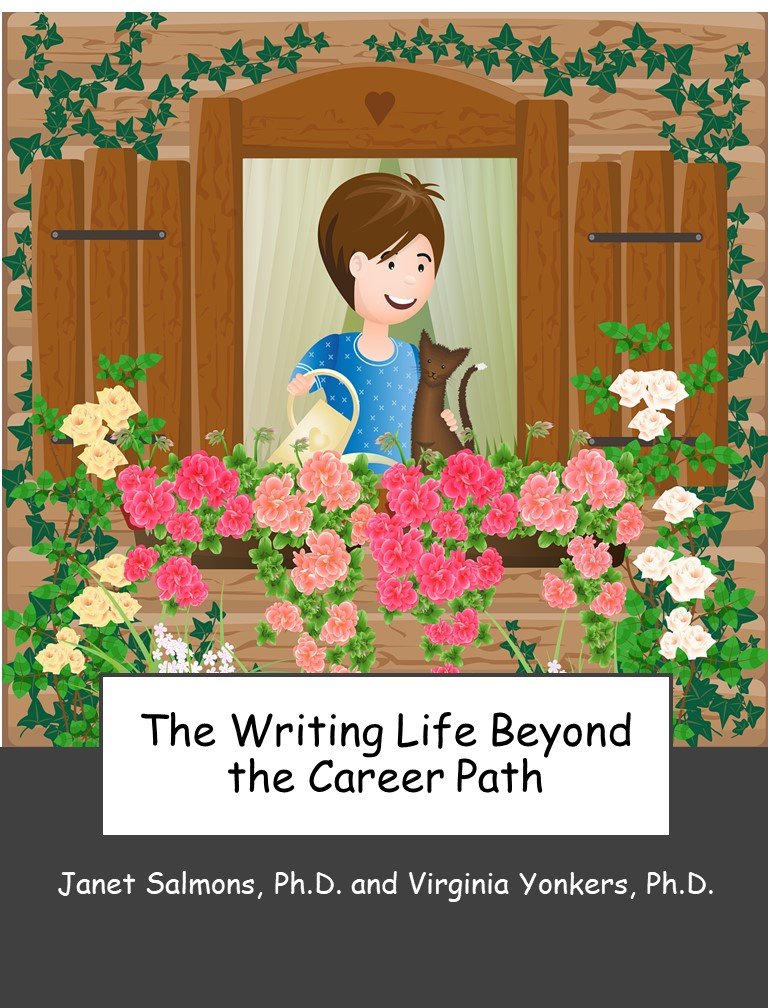
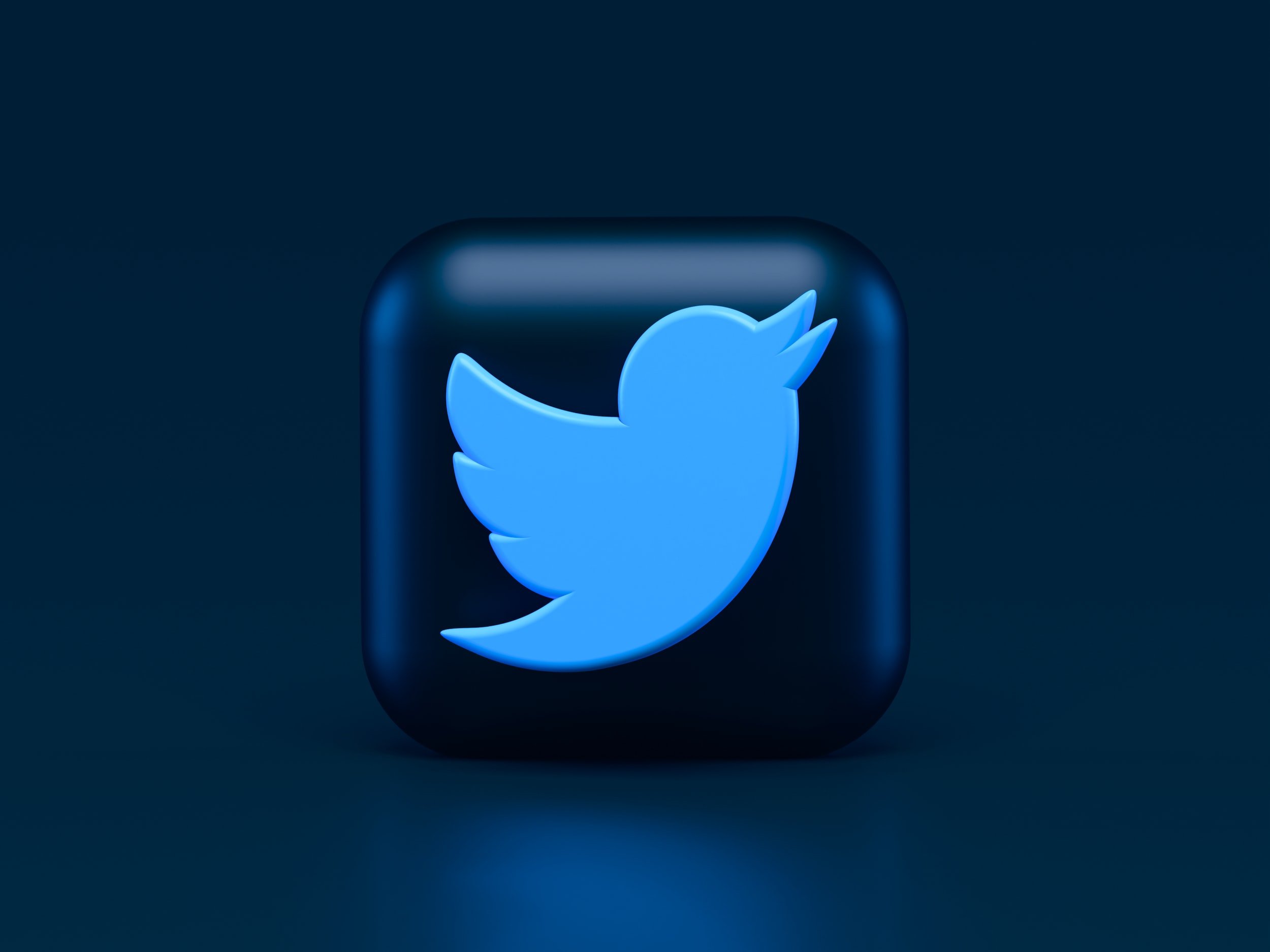





Michelle Boyd answers a question about taking small steps to make progress on a large writing project.